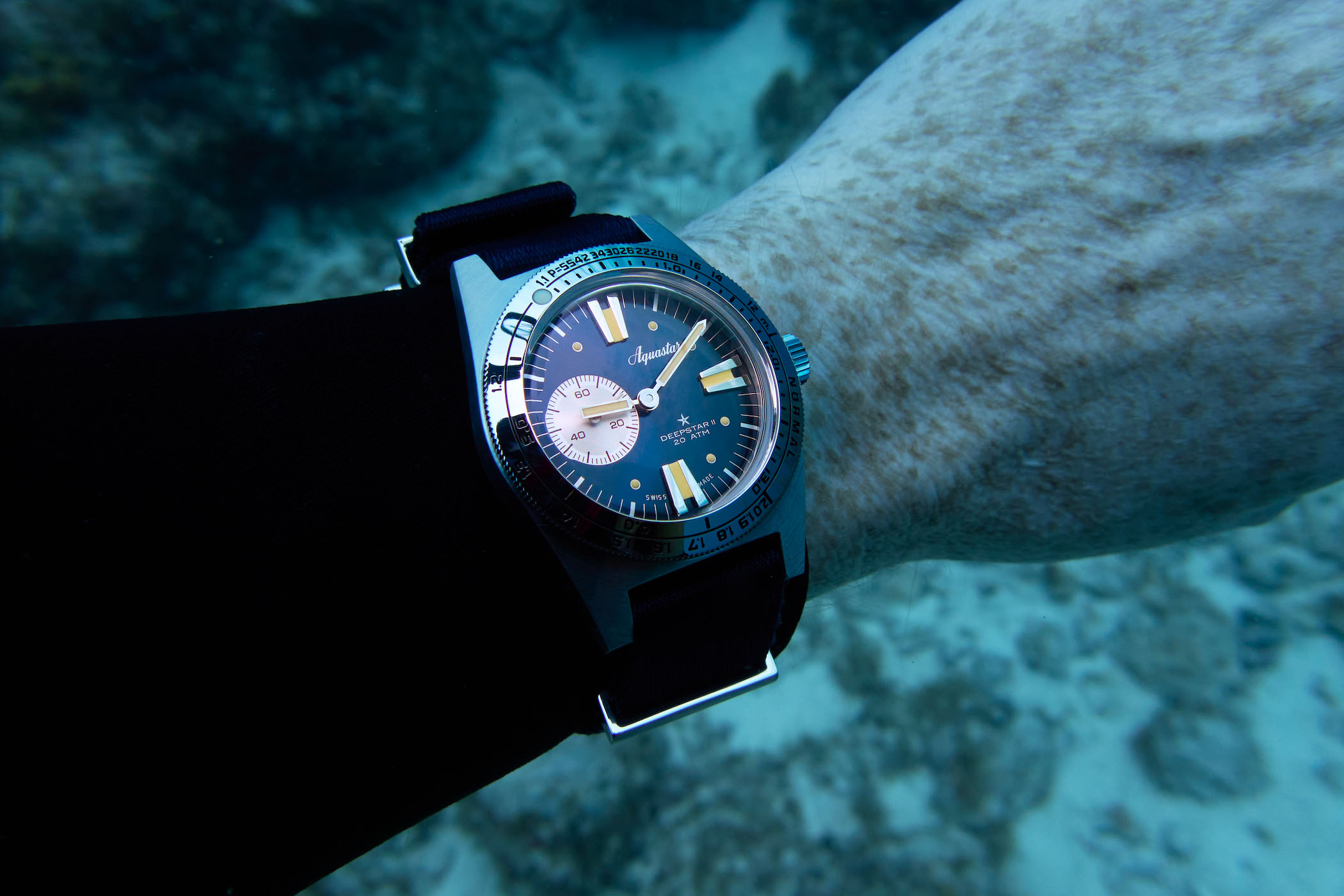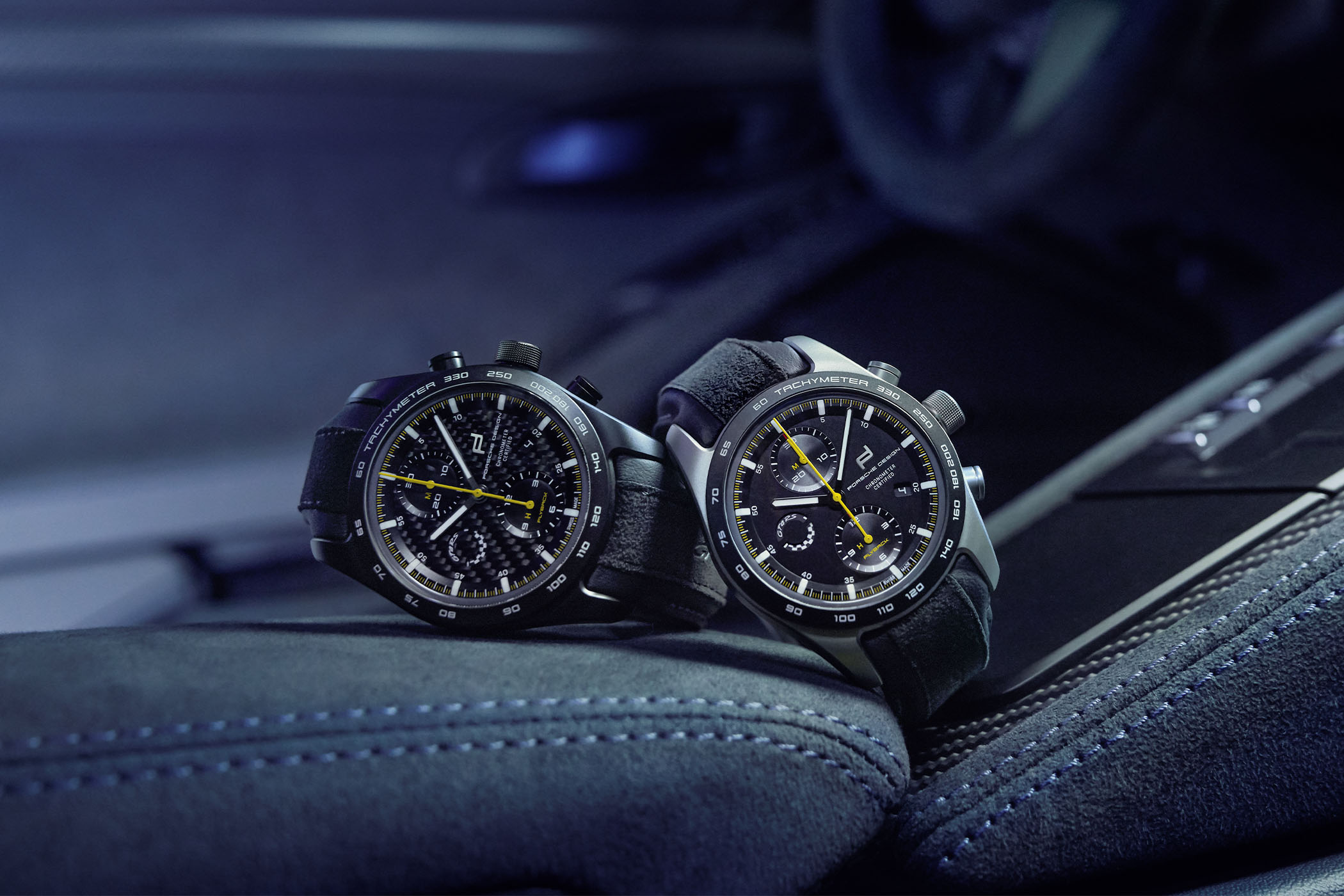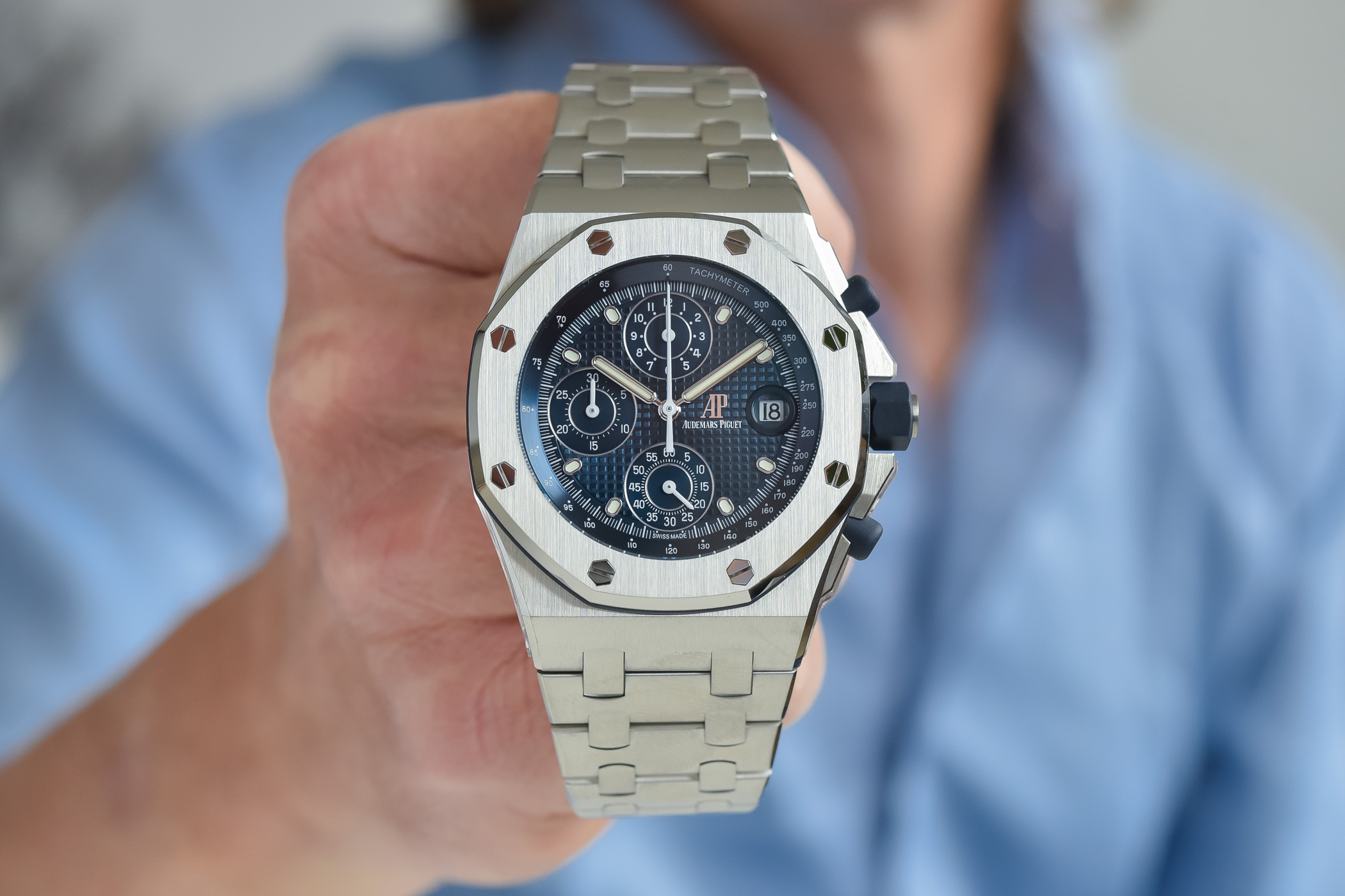WatchTime Wednesday: The History of the Cartier Tank

The Cartier Tank is one of the most long-lasting models of the production. Introduced in 1917, it has been presented in various editions and shapes but remained a classic among the classics, a timeless watch that defines what elegance is. And furthermore, it is certainly the most emblematic edition of the famous French manufacture. With the help of our WatchTime colleagues, here is the history of this icon.
In 1918, Louis Cartier handed over the first copies a rectangular watch called “Tank” to the American General John Joseph Pershing and some of his officers – at least, that’s what the legend said. True or not, this fact aptly symbolizes the rich history of the Cartier Tank.
Rarely a war could lead to the creation of something as positive as an iconic watch. In 1917, the American troops arrived in France and helped to save the European Nations. Successful American and British armies relied on tanks, a novelty at that time on battlefields. As a tribute to these mobile and armoured vehicles mounted on chains, Cartier presented to the famous Commander Pershing a watch of the same name. The Cartier Tank is clearly inspired by the British Mark IV tanks. With its angular and flat case, this was already a simple 2-hand watch with no additional functions but that was adorned with blue hands and the same Roman Numerals as the actual Cartier tank.

The birth of a Classic
The fact that Pershing was the owner of the very first Tank watch is still a point that can be only speculated. However, the Tank now belongs to the series of iconic Cartier watches, alongside the Santos and the Pasha. It will celebrate its 100th anniversary in 2017, which makes it one of the oldest watch models of them all. The 1920s Cartier Tank is more than just a watch but it’s also a pioneer of the Wristwatches. Remember that at the beginning of the 20th Century, many manufactures were only providing pocket-watches, sometimes modified to be wristwatches.
A watch that broke the rules
With the Tank, Cartier wanted to create a real complete design that was not only focusing on the case and the dial. Cartier decided to create an integrated shape, with a strap fully part of the whole watch, and not only attached to it. The strap was not just a way to attach the watch to the arm, but also a visual aspect of the Tank and an important reason of its appeal. The Tank was breaking the principles of the round cases and dials with a square design. Cartier also relied on one of the best watchmakers for the movement, Edmond Jäger. He was already collaborating with the Swiss manufacture LeCoultre, which was supplying raw movements. Something that the Tank also introduced (and that is now one of Cartier’s hallmarks) is the Blue Sapphire mounted in the crown. During the 1920s, the Cartier Tanks had been a real success. Many actors worn the Tank and it made its first appearance in a 1926 movie, on the wrist of Rudolph Valentino, in ‘The Son of the Sheik’. Actors like Clark Gable or Gary Cooper were also owners of a Cartier Tank – and later other artists like Andy Warhol.
An icon as an investment
Vintage editions of the Cartier Tank can be seen as proper investment. Those watches are especially hard to find and mostly seen in specialized aution houses like Antiquorum. A 1920s Tank can easily achieve 30.000Eur and more – depending on the model, the shape, the condition, the pedigree and the rarity. One of the most collectible is the 1921 Tank Cintrée, with its longer and curved case. Unlike the other Cartier Tank, it received at the end of the 1920s Arabic numerals on its dial.

A normal Tank will of course be cheaper and easier to find. However, the very first editions are still extremely rare and can reach prices between 8.000Eur and 15.000Eur – if any of them is for sale. Even during the 1920s, Cartier created various editions of the Tank – as the brand used to do nowadays, with several shapes and sizes. The 1921 Cintrée was the first of the series. In 1922 followed the Tank Chinoise, with its prominent lugs inspired by Chinese temples. These editions were still available until recently, with or without diamonds.

One is also extremely rare and thus, extremely collectible: the 1928 Cartier Tank à Guichets, coming in a brushed gold or platinum full case, with only 2 apertures on the face, to display the hours and minutes. The hours are indicated with a jumping disc while the minutes relies on a classical rotating disc. The crown is unusually located at 12 (or classically at 3 on some editions). This makes the Cartier Tank à Guichets both a rare bird but also one of the most eccentric watches of the collection. In 1932, the famous Parisian Jeweller presented a reversible edition of the Tank, the Basculante.


But the famous jeweller Cartier suffered some hard times: in 1965, Pierre Cartier died and the brand was no longer the possession of the Cartier Family. The resurgence of Cartier came up during the 1970s, under the direction of Robert Hocq and Joseph Kanoui. They opened new markets and brought something quite new at that time, marketing. Robert Hocq and CEO Alain Dominique Perrin developed a new concept: “Les Must de Cartier”, with the clear intention to attract new customers. The Tank really was the central point of the whole collection and became the most important model of the new strategy.
Changeable times
The main change brought by this new collection was the introduction of a new material (for Cartier): Vermeil. For “Les Must de Cartier”, cases were made in sterling silver plated with 20 microns gold. Another major change were the movements, no longer relying on the mechanical beauty but using the precise quartz technology. However, the basic shape of the Cartier Tank was still there and faithful to the early editions: rectangular case, blue hands, Roman numerals and Sapphire cabochon crown were always part of the 1970s and 1980s editions. A part of the collection “Les Must de Cartier” was though using different dials, without the Roman Numerals. Those editions were coming with colourful faces – plain red, blue or black dials. Those were more fashion accessories than proper horology. But there were a big success for the brand.

Such models are now an affordable first step in the myth of Cartier. You can easily find them around 500Eur to 700Eur in worn condition, and around 1.000Eur for a very well preserved quartz or manual edition. Of course, these are the prices of Vermeil models. A solid gold or platinum Cartier tank will be higher. But a Tank will always be up-to-date, regardless the production date, the shape or the movement. This is also the reason why Cartier introduced during the last 30 years so many editions, always providing some novelty to a very classical watch. In 1989, the Tank Americaine came out with a long and curved case, bringing back the handsome shape of the Tank Cintrée – in a waterproof case, something that the 1920s edition couldn’t achieve. The first waterproof Cartier tank was a 1931 made upon request for the Pasha of Marrakech.
Modern Times
The Tank Française was introduced in 1996. It showed a more massive and square-shaped case, available in several materials (steel, gold, gold with diamonds) and with mechanical or quartz movements (depending on the size of the case). 2008 is an important year for Cartier. The brand can be consider now as a manufacture, with its own in-house movements. Introduced in the Tank Americaine, the new Calibre 9452 MC (adorned with the Geneva Seal) comes with a flying tourbillon, with the emblematic C on its cage.

In 2012, Cartier introduced 3 other editions of the Tank. One is really noticeable, the Tank Louis Cartier XL. Using codes from the classical and vintage collections, it is inspired by a 1922 sketch made by Louis Cartier. The result is an ultra-thin watch (just over 5mm), significantly slimmer than the 1920s editions.
After the Tank Americaine, the Tank Francaise and the Tank Anglaise, Cartier came with something totally different and really eccentric, the Tank Folle, a deconstructed edition of the classical rectangular case. However, all the codes are present: Roman numerals, rail minute track, blued hands. Even if looking like an abstract art piece, the Tank Folle remains recognisable as a Cartier Tank.

The tank is a contemporary witness of the century – the first 100 years are almost over but it remains a timeless object and we really think that the Cartier Tank will be there for another 100 years.
For more about the Cartier Tank, you can look at several extremely rare editions in one of our previous article.
The original article was published on watchtime and is republished here with permission.




7 responses
When was the Cartier argent must de watch stopped in production?
As a consumer in those days, I would say that the sterling, rhodium plated models (available in the “Les must” collection) were discontinued in the early 2000’s. I still own two of those (Tank models) and they remain in great condition, the plating has been working very well indeed !
Why do some men’s gold tank watches have the word Paris under the Cartier logo on the watch face?
Now that’s a GOOD question! The word Paris under the Cartier name indicates that you’re looking at a CPCP or Cartier Paris Collection Privee, the higher grade Cartier watches. Only available in precious materials, often with special complications and designs that are not always available in the regular (unlimited) collections.
Were there any Cartier tank watches made with a white face ,lack hands , the name Cartier on top of face, very small lettering on very bottom of face, blue on the knob, back with Cartier on top other lettering and 18K and swiss on the bottom ? THANK YOU FOR YOUR TIME BRENDA FAIT .
trying to identify a white faced black hands tank Cartier without any numbers or roman numerals on it . Blue knob 18k ?
I came across one cartier tank in sterling silver not vermeil ref 359 do you know anything about it?
thanks